
Tasting Olive Oils In our travels we have come across different methods used to taste olive oil. There are, however, two methods that stand out. One is to taste the olive oil directly while the other is to taste it on something such as a piece of bread.
We learned the first method while visiting a wine and olive oil tasting room at Félsina in Tuscany. A small amount of olive oil was placed in a small plastic cup. We were instructed to place the small plastic cup in the palm of our right hand, place the palm of our left hand over the opening and gently twist our hands back and forth. This process will gently warm the olive oil releasing aromas. Jim Talcott of Talcott Olive Oil Company in Napa cautions one when using this method. Make sure there are no odors on your hands from soaps or lotions. These will alter the aromas of the oil. These same cautions also apply to wine tasting.
Another method we’ve come across at olive oil companies and at conferences and conventions is to take a small piece of bread and place the bread into the olive oil then taste. You still note the aroma, and the taste in your mouth. After swallowing the bread, note the sensation in your throat and aftertaste. This method is quick and works when there are large crowds tasting the product. However the bread may affect the tasting and the initial aroma is difficult to judge.
.
|
What to Look for when Tasting Olive Oil Color Vocabulary to use in describing olive oil flavors
Defects Also note the defects, if any, in the olive oil: Rancid
|
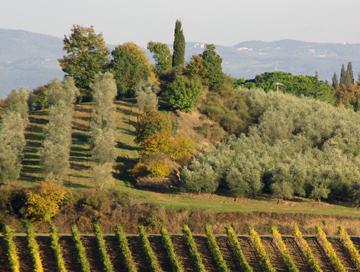
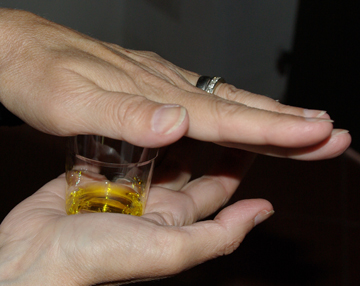
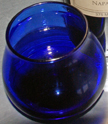 After warming the oil for a moment, uncover the container (sometimes a blue glass) and inhale deeply from it. Note the aromas and whether they are strong or mild. Next sip a small amount of oil in your mouth while also sipping in some air, a red wine tasting technique. This emulsifies the oil with air. Think about the flavor. Finally swallow the olive oil and notice the sensation in your throat and the aftertaste in your mouth.
After warming the oil for a moment, uncover the container (sometimes a blue glass) and inhale deeply from it. Note the aromas and whether they are strong or mild. Next sip a small amount of oil in your mouth while also sipping in some air, a red wine tasting technique. This emulsifies the oil with air. Think about the flavor. Finally swallow the olive oil and notice the sensation in your throat and the aftertaste in your mouth. 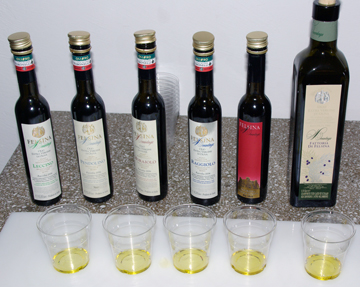
 For ripe olives (usually non-green in color when processed)
For ripe olives (usually non-green in color when processed)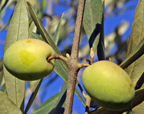 For green olives
For green olives
